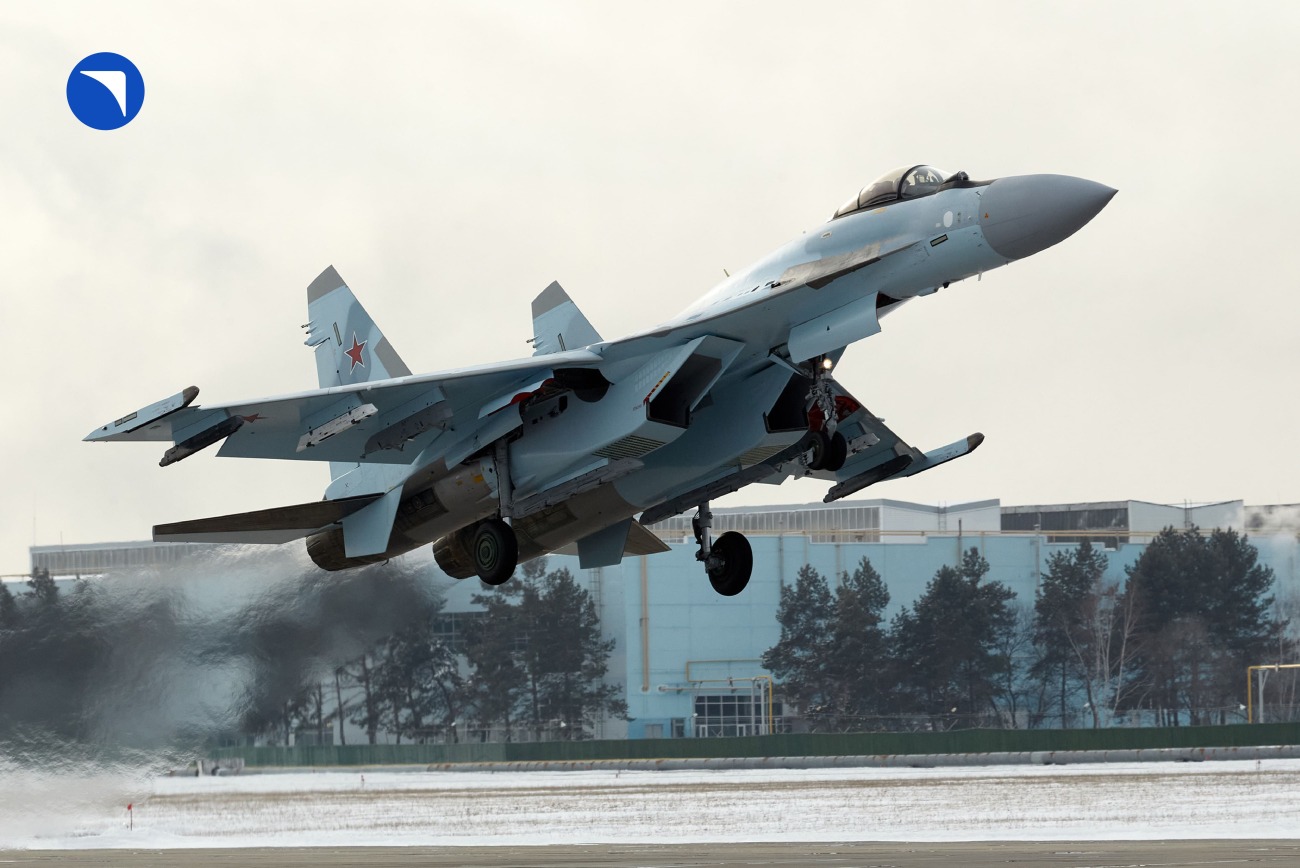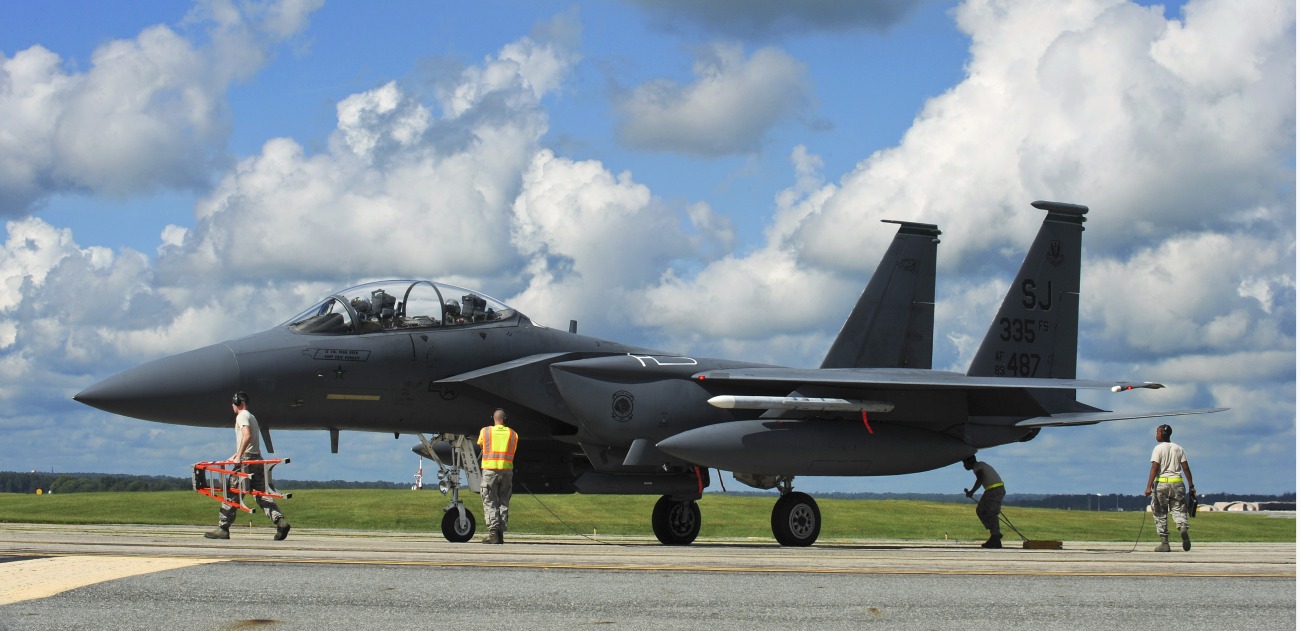The Russian Aerospace Forces have reported a close encounter between their advanced Su-35 fighter jet and three MQ-9 Reaper drones operated by the US-led coalition.
Major General Yuri Popov, deputy head of the Russian Center for the Reconciliation of Warring Parties, said the incident, which took place in the skies over Homs, was narrowly averted by the quick actions of the Russian pilot.
The Su-35, Russia’s most sophisticated fighter jet deployed in Syria, has been actively involved in various military operations.
Equipped with both unguided and guided weapons, the Su-35 has carried out numerous strikes against ground targets. The aircraft has previously encountered US military assets, including MQ-9 drones and F-35 fighter jets.
In a related incident, Major General Popov reported violations by US aircraft in the Al-Tanf area. He noted that two pairs of F-15 heavyweight fighters, a pair of Eurofighter Typhoon fighters, and three pairs of A-10 Warthog conducted 12 recorded violations during the day.
Additionally, shelling by terrorists in the Idlib de-escalation zone resulted in the wounding of a Syrian soldier, highlighting the ongoing volatility in the region.
The F-15, a cornerstone of the US Air Force operations in Syria, has a significant history in the region. In November 2023, two F-15 fighter jets struck a weapons storage facility in eastern Syria. This “precision self-defense strike,” as described by Defense Secretary Lloyd Austin, was a response to attacks on US personnel by Iranian-backed groups.
This marked the second instance in a series of retaliatory strikes against facilities used by these groups, with a prior strike in October 2023 involving both F-15 and F-16 jets targeting Iranian militia-linked facilities.
The presence of heavyweight fighters like the Su-35 and the F-15 underscores the high stakes and complexity of the air operations over Syria. The potential for confrontation between these two formidable warplanes remains a critical concern as both Russian and US forces continue to navigate the volatile airspace.
Su-35 & F-15 Fighter Jets
Both the Su-35 and F-15 are considered top dogfighters in their respective countries and are highly versatile platforms capable of engaging both air and ground targets effectively.
Local media often refers to the Russian Su-35 as a “4th-gen ++” fighter, highlighting its extensive upgrades and modernization. Described as a heavily upgraded, multi-role fighter developed with fifth-generation technologies, the Su-35S boasts new avionics, communications, radar technology, and advanced thrust vectoring engines.
These engines allow the Su-35 to achieve supersonic speeds without afterburners, enhancing its maneuverability, mission duration, and high-speed performance in contested environments.

On the American side, the latest iteration of the F-15, the F-15EX Eagle II, is a formidable multirole fighter designed for near-peer combat scenarios.
While it lacks the stealth capabilities of the F-22 Raptor and F-35 Lightning II, the F-15EX compensates by being able to carry up to 30,000 pounds of munitions, almost eight times more than the historic B-17 Flying Fortress bomber.
This capability allows the F-15EX to secure air superiority or deliver devastating ground strikes, making it a critical asset in a potential conflict. The strategic importance of the F-15EX has led the US Congress to push for increased production and extended operational timelines, reflecting the growing concerns over rising tensions with China.
US appears to be attempting to avoid a repeat of the situation with the F-22 Raptor stealth fighter jet, where premature closure of the production line led to substantial challenges in maintaining an operational fleet.
Comparing Su-35 & F-15: Performance, Durability & Technological Advancements
Renowned as some of the best dogfighters in the world, speculation often arises about how a confrontation between the Russian Su-35 and the American F-15 would play out.
Radar capabilities are pivotal in aerial combat. The Su-35S is equipped with the powerful Irbis-E passive electronically scanned array radar, boasting a range of up to 400 kilometers and effectiveness against ground targets.
However, the F-15’s APG-63 V3 Active Electronically Scanned Array radar is considered superior due to its resilience against jamming, higher resolution, and tracking difficulty.
The F-15 was not designed with stealth in mind, featuring an average radar cross-section of five square meters. The Su-35, claimed by Russia to have limited stealth capabilities, reportedly has a radar cross-section ranging from one to three square meters.
While the Su-35 might appear on radars a little late, a radar cross-section of one square meter is still detectable at long ranges by modern radars and does not protect it from long-range missile targeting.
Regarding weapons payload, the latest version of the F-15, the F-15EX, has increased its weapons load capacity. It can now carry 12 air-to-air missiles, comparable to the Su-35. Boeing has also proposed upgrades with quad-rail racks to double the F-15’s loadout to 16 missiles, allowing F-15s to act as “bomb trucks.”
Both aircraft are armed with long-range, radar-guided air-to-air missiles: the AIM-120D (with a range of 160 kilometers) for the F-15 and the K-77M (with a claimed range of 200 kilometers) for the Su-35.
These missiles are in the same class, although the comparative effectiveness of their seekers remains to be fully determined. Typically, these missiles would be fired under their maximum range against fighter aircraft to enhance the likelihood of a kill.
Additionally, the Su-35 can deploy the super-long-range (300-400 kilometer) R-37M missile, specifically designed to target larger, less maneuverable support aircraft.
Meanwhile, the United States and Russia have historically taken different approaches to aircraft design. The US has focused on producing expensive aircraft with long service lives, while the Soviet Union and later Russia have often developed more affordable aircraft with shorter service lives and higher maintenance demands. Earlier Russian fighters, like the Su-30 Flanker, faced notable reliability issues.
The Su-35, however, shows improvements in this area, with an expected service life of six thousand flight hours. In comparison, the F-15C and E models are rated for eight thousand and sixteen thousand flight hours, respectively, with the F-15C likely having an option to undergo a life-extension program.

Despite being a heavy fighter, the F-15 boasts impressive maneuverability. Its design allows for tight, energy-efficient turns and sustained acceleration while climbing, thanks to low wing loading and a high thrust-to-weight ratio. This proved that a heavy fighter could be agile and capable in combat.
The Su-35, though, takes maneuverability to another level. It is equipped with vector-thrust turbofans, enabling its engine nozzles to move independently.
This allows the Su-35 to perform tight turns, yaws, and maintain high angles of attack, where the plane’s nose points in a different direction than its flight path—maneuvers that the F-15 cannot match. In a low-speed dogfight, the Su-35 has a clear advantage over the F-15.
However, in recent years, advancements in the F-15EX have bolstered its capabilities. Boeing developers report that the F-15EX’s Advanced Display Core Processor can perform 87 billion computing functions per second.
This, combined with the F-15EX’s speed, which is comparable to the Su-35, and its advanced electronic warfare and threat data processing, allows it to better utilize its Active Electronically Scanned Array radar.
Determining which aircraft is superior ultimately depends on several factors, including sensor range, targeting fidelity, weapons guidance precision, and other nuanced capabilities. In a potential encounter between these two aircraft, the use of available resources by the pilots would be a crucial deciding factor.
- Contact the author at ashishmichel(at)gmail.com
- Views personal of the author.




